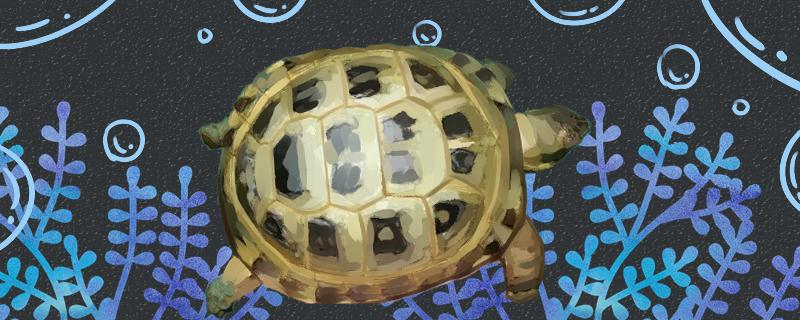 1. Are Russian tortoises protected animals
1. Are Russian tortoises protected animals Russian tortoises are protected animals. It is also called four-clawed tortoise, which is a national first-class protected animal in China. It mainly lives in the semi-desert area of hilly grassland at an altitude of 700-1000 meters in the wild, and generally moves in the morning and evening. When the temperature exceeds 25 ℃, it will enter a dormant state. It is a herbivorous turtle, which feeds on the stems and leaves of plants. Besides being distributed in China, it is also distributed in Afghanistan, Kazakhstan, Pakistan and other countries.
2. How to raise Russian tortoises1. Space: When breeding Russian tortoises, we should pay attention to providing them with a good environment suitable for growth. This tortoise belongs to a kind of tortoises and lives on land most of the time. First of all, the container space should be spacious, and the layout pattern inside the container is mainly land, with some green plants planted on it, and there should be a balcony, on which they can freely bask in the sun and rest. Only a small piece of water is left in the tank for bathing.
2. Feeding: Russian tortoises are typical herbivorous animals, and the food they can eat is mainly plant food, and the species is not single. There are 18 kinds of favorite foods such as Lara vine, convolvulus and dandelion, and 22 kinds of general foods such as Kentucky bluegrass and oats. When feeding, we should pay attention to the diversity of foods, choose their favorite foods, and combine various foods to feed alternately.
3. Temperature: It is very important for Russian tortoises to control the appropriate ambient temperature, which will affect their activity and appetite. This kind of turtle requires high temperature, and the most suitable temperature is 27-30 degrees.
4, basking in the sun: Because Russian tortoises belong to tortoises, tortoises grow on land for a long time, and they need more sunlight. They must be basked in the sun regularly every morning and evening. Under the condition of sufficient sunshine, ultraviolet rays are strong, which can kill germs and improve resistance.